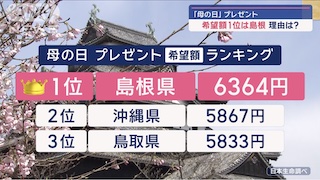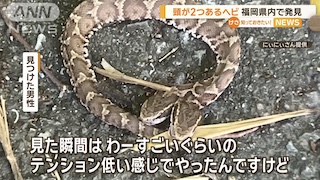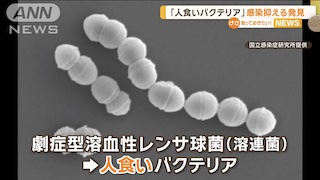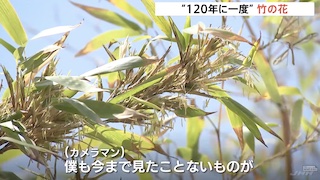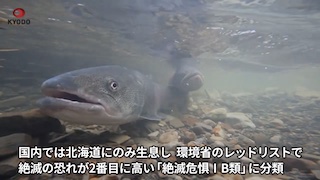TOKYO, Jan 15 (News On Japan) - Japan's Aerospace Exploration Agency (JAXA) announced on Monday that the unmanned spacecraft "SLIM," aimed at Japan's first lunar landing, has been placed in a circular orbit around the Moon at an altitude of 600 kilometers in preparation for landing.
The unmanned probe SLIM, developed by JAXA, is currently in orbit around the Moon.
According to JAXA, on Sunday evening, SLIM adjusted its course and was successfully placed in the planned circular orbit at an altitude of about 600 kilometers.
In the coming days, it will gradually descend and begin its final descent from an altitude of 15 kilometers around midnight on January 20, attempting to land on the Moon about 20 minutes later.
The mission aims to achieve a landing accuracy within 100 meters, which is less than one-tenth the error margin of other countries. If successful, Japan will become the fifth country in the world to achieve a lunar landing.
Website: JAXA
Source: ANNnewsCH


 by
by 




